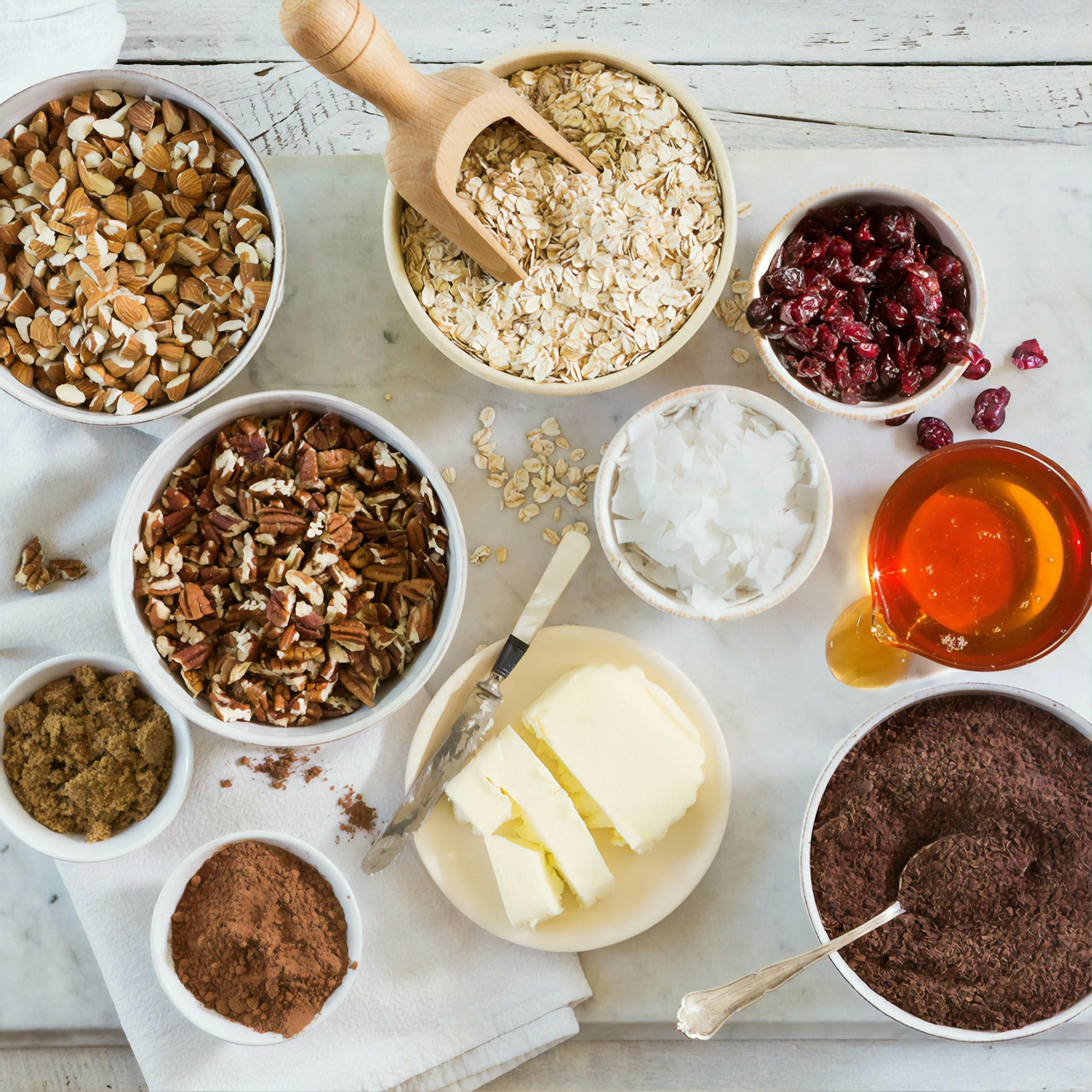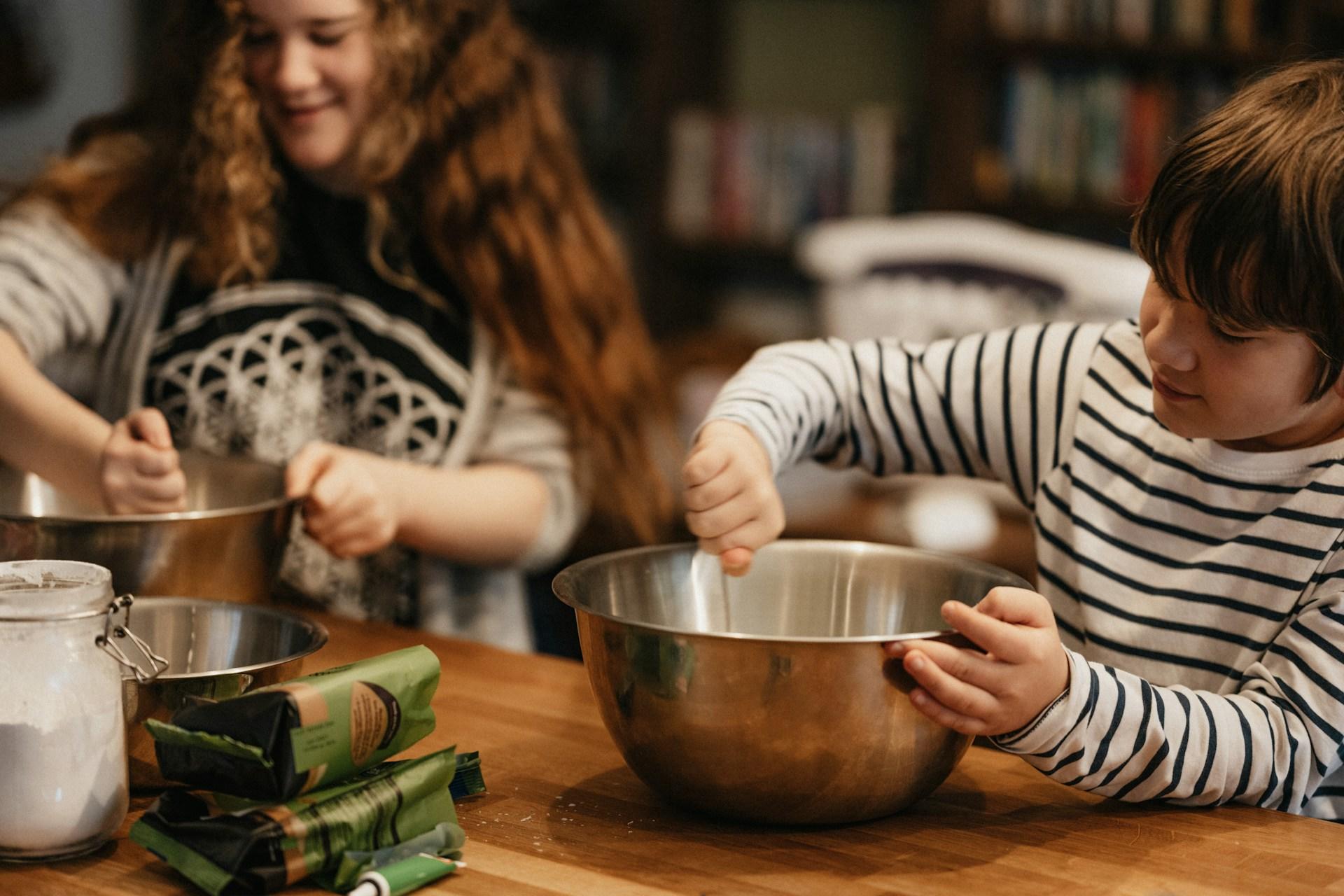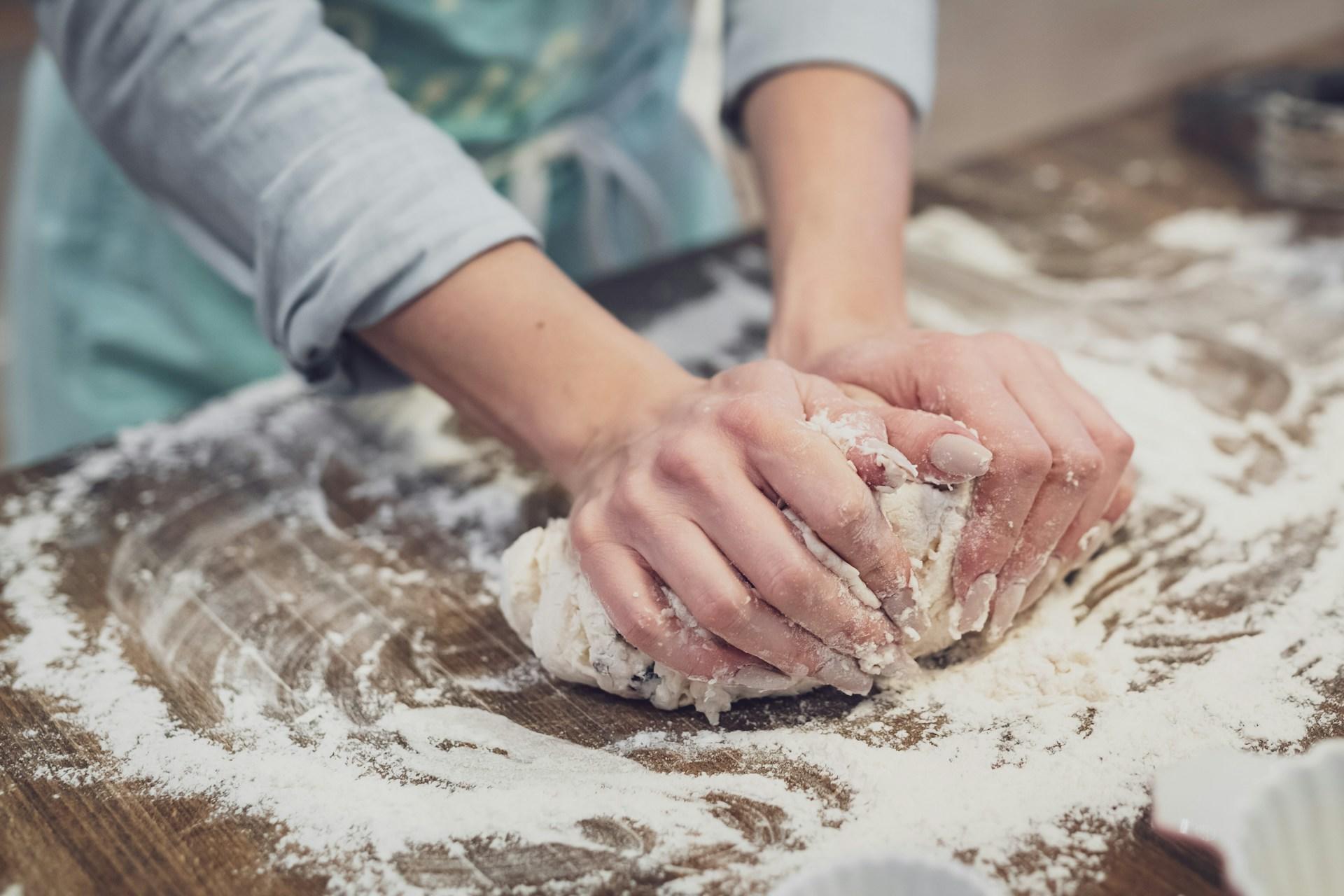These pastries are among the most famous in Canadian cuisine, originating in Ontario at the end of the 17th century. With their delicious mixture of butter, sugar, syrup, and egg, these pastries have conquered the palates of many generations inside and outside Canada. This caramelized dessert has been passed down and modified from generation to generation, developing into a true culinary tradition in the country. Ready to explore their history and evolution?

Butter Tarts: Where do they come from?
The history of butter tarts in Canada goes back a long way. We can find the first registered recipe in The Women's Auxiliary of the Royal Victoria Hospital Cookbook, which dates to 1900 in Barrie, Ontario. However, their creation goes back to 1663 and 1673, when some young French women were sent to Quebec for colonization. This is not entirely surprising since these delicacies resemble European pastries with caramelized fillings, such as the English treacle tart or the French sugar cake.
Nowadays, these delicacies have become so popular that, the Midland Butter Tart Festival celebrates them yearly, and thousands of people come just to sample the classic bite.
Discover other the history behind other delicious Canadian no-bake desserts.

The very essentials of butter tarts
Compared to European delicacies, such as French pâtisserie which stand out for their meticulous elaboration, butter tarts are distinguished by their simplicity and composition of essential elements, which undoubtedly affect their taste and texture. You can generally experience three textures in each bite: a crisp exterior, a chewy top, and an almost liquid interior. These are its essential components:
- The buttery, crunchy crust: The crust pie is made from a shortcrust pastry that is usually crisp to complement the cream inside. It is traditionally made with butter or lard and wheat flour.
- The sweet, thick filling: Their filling consists of butter, eggs, sugar, corn syrup to achieve a sticky texture, raisins or nuts, and even bacon to provide a more varied texture.
Their evolution through the years
The butter tart has transformed from a humble pastry into a traditional delicacy and ultimately, part of Canadian culinary heritage. Nowadays, we can find many regional variations and even modern twists, giving fresh air to this classic pastry.
- Regional Variations: Some versions deliberately exclude raisins. Since they are not a favorite for most people, some establishments and bakers replace them with either pecans or almonds. Also, their filling can have a more liquid texture or a thicker and richer one.
- New modern trends: Some cooks and pastry chefs have begun experimenting by adding chocolate, salted caramel, or nuts to their creations.
Did you know you can find tours from nearly 50 Toronto, Kingston, and Ottawa bakeries to try the pastries? During these tours, you can try a variety of versions, from those with a flakey crust to those with gooey filling, pecans and even currants.

Why are butter tarts a Canadian symbol?
These pastries are integral to Eastern Canadian cuisine and a source of cultural and community pride, so much so that festivals celebrate their importance in Ontario's culture. For example, the Butter Tart Festival in Muskoka Lakes, the Butter Tart Trail in Wellington North, the Butter Tart Tour in Kawarthas Northumberland, and the Ontario Best Butter Tart Festival and Contest are well-known festivals that are responsible for widespread and preserved butter tarts.
However, controversy is also part of the history of these beloved delights. The dispute "The Butter Tart Wars" originated from competition between two tourism promotion associations in the Kawarthas and Northumberland. Both associations organized tours and wanted to use the name "Butter Tart Tour." To resolve the conflict, the two parties agreed to change the tour's name to "Kawarthas Northumberland Butter Tart Tour," representing and benefiting both regions.
National Geographic and the New York Times have also recognized their importance in Canadian food culture.
Want to discover another staple? famous pie from French-Canadian cuisine

How to make butter tarts at home
If you want to indulge in the authentic flavour of traditional butter tarts without leaving home this winter, this easy recipe will guide you through every step. From preparing a soft, crumbly crust to a creamy, perfectly balanced filling, ensure you have all the food components. You can recreate this classic delicacy with all its homemade charm, the right elements, and a little dedication.
Ingredients 🧈
Preparation of the dough 🥣
- Put the flour in a large bowl and integrate small butter cubes.
- Rub the butter into it with your fingers (you can also use a mixer) until you get a sandy texture.
- Pour cold water while mixing it until smooth.
- Once ready, wrap in plastic wrap and refrigerate for about 30 minutes.
Preheat the oven: While the dough is in the refrigerator, set the oven to 375°F (190°C) and place the rack in the center position so the butter tartlets are cooked.
Stretching the dough 📏
- When 30 minutes have passed, remove the dough from the refrigerator.
- Sprinkle flour on a flat surface to prevent it from sticking, and sprinkle a little on the rolling pin.
- Place it on the surface and roll it out with the pin.
- Sprinkle more if necessary and ensure it is approximately 3 mm thick.
Cutting and lining pans 🧁
- Cut dough circles to line the muffin or cupcake pans using a cookie cutter or a glass.
- Place each circle in the molds and cover the bottom and sides well.
- Once done, place the molds in the fridge for a few minutes. For a special touch, you can incorporate nuts, raisins, or chocolate chips to the bottom of each mold.
Preparing the filling 🥚
- Beat the egg with the sugar until integrated.
- Integrate the corn syrup and melted butter and mix until smooth and uniform.
- Take the molds with the dough out of the fridge and fill them more than halfway to avoid spilling when baking.
Time for baking 😋
- Place the molds in the oven and bake for 25 minutes until the edges are golden brown.
- Remove them carefully and rest for a few minutes.
- Transfer them to a rack to cool completely.
- And last but not least: Enjoy! Once cooled, the pastries are ready to serve. Enjoy them with coffee or tea!
Craving something sweeter? Discover the most famous natural sweetener obtained from maple sap.

Are you ready to become a cooking expert?
Want to discover more about the most beloved Canadian foods? If you wish to learn about gastronomy or acquire new culinary skills, this is the sign you were searching for. Whether you're perfecting techniques or learning something new, be encouraged to take the next step and follow your curiosity. Learn all about cooking with the best private cooking lessons from Superprof.
Superprof is a private tutoring platform that connects learners and trainees with experts in various disciplines, including cooking. On the platform, you will find the ideal cooking teacher that suits you according to your needs, budget, and place of residence in a few clicks. Our private teachers can provide face-to-face instructions or go for online teaching so that you can acquire skills from the comfort of your home.
With Superprof private instruction, you will learn:
- Basic cooking techniques: Learn essential techniques from cutting methods to advanced techniques such as sous-vide.
- Flavor combinations: Play with spices and aromatics to flavor your dishes.
- Culinary Canadian history: Learn about the influences that shaped traditional dishes from Canada and other parts of the world.
- Cook at your own pace: Choose a private cooking class that suits your interests, from international cuisine to healthy homemade meals.
Ready to master cooking? Join the Superprof community to find the perfect instructor and start your culinary journey!
Feeling hungry? Enjoy Canada's favorite comfort food, a delightful combination of fries, cheese curds, and gravy.
Wrap up!
To this day, butter tarts are essential to our culinary heritage for their taste and cultural significance. This pastry has become a symbol of Canadian holidays and celebrations. Over time, they have been transformed into different versions, adapting to contemporary and regional tastes without losing their core identity. Savoring one of these delicacies is the perfect way to connect with its rich gastronomic heritage. From the original recipe to its modern variations, the butter pie represents how such a simple delicacy captures the traditions of Canadian culture.
















